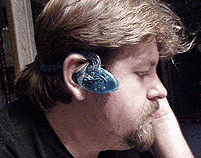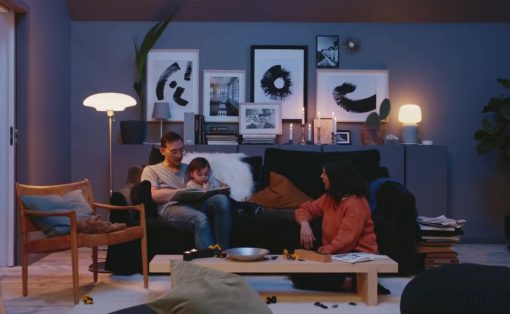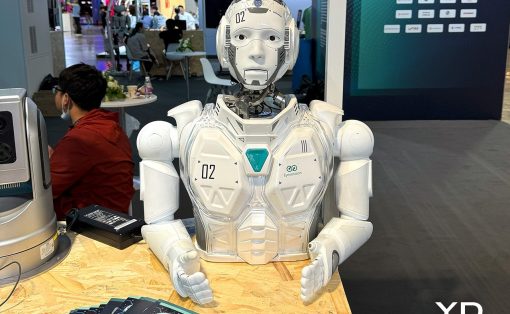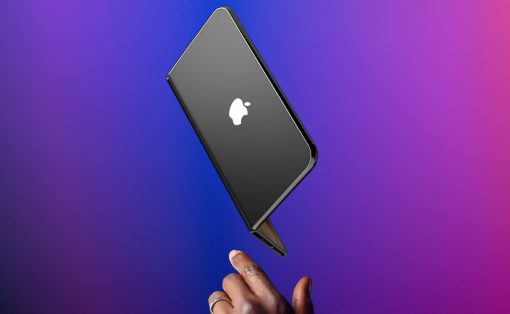Entrepreneurs/inventors go through many stages of enterprise and end to end can mean from product conception through to some resolution. The normal resolutions are sale of the technology, startup of an operating company with its sale to another firm, operating the company to build a brand or abandonment of the project due to market or financial forces. In general, end-to-end means concept through market insertion. Here is a tale of one project from market identification, product concept, prototype, testing, production interface, business plan, investor sales, operations, marketing, key account sales as well as negotiation of both licenses and acquisition of the company.

The 2ners were a direct outgrowth of my involvement in the bicycle industry and addressed the issue of people riding with ear buds or headphones. There were numerous consumer requests for something that would allow the rider to experience their music that was safe and comfortable. In the case of cycling, this was a serious drawback in that you were isolated from the environment and could not hear approaching autos or safety vehicles. The other problem was that all of the existing units used wires to a remote player/radio making for a problem when removing a helmet or during spirited activity. The few existing headphone type radios were far too bulky for use in active sports even though many did in running and jogging, but their size and mass made them uncomfortable for use as well as isolating. The reason was that music is compelling and even with a bad form factor its better than nothing.
The 2ners development as an intergraded headphone type radio does hinge on the question of power requirements and therefore the battery size. Providing enough power to give good volume and sound quality over a reasonable amount of time between battery charges, or replacements, is the key issue. Other systems use AA or AAA batteries and full coverage head phones to achieve the goal but that was obviously not acceptable for this application. They were far larger than desired. The state of microelectronics and speakers however did show that it might be possible. In addition, the solution turned out by utilizing all the available energy, both mechanical as well as electronic, I could keep the size down.
The 2ner used a couple of innovative methods to provide excellent sound quality with minimal energy requirements. These ultimately lead to the ability to package the system small enough for active sports. The product and was a total ground up design entailing electronics, acoustics, packaging, biomechanics and aesthetics.
The primary method was utilizing the body of the unit and its circuit board to make a tuned cavity to enhance bass response with bone conductance to enhance bass. The additional bass response was achieved by turning the speaker around so the voice coil enclosure rested on the persons cheek allowed for a much smaller speaker size being used, lowering the amplifier size and limiting the systems power consumption.
The other key element was the use of directed speaker ports that aimed the high frequency parts of the sound into a zone of the ear. This naturally funneled those frequencies into the inner ear. The shape of the unit provided a windshield effect reducing the effect of wind noise. It also fitted well with bicycle helmets. The elimination of extraneous features, such as a display for station and time, was integral to keeping the unit’s size compact.
After 8 months of development, what resulted was a very sleek unit that utilized magazine re-chargeable type battery packs, digital scan tuning and digital volume. The form was fully ½ the size of the other headphone radios and was smaller than many headphones.
The full feature FM 88-108 MHz with PLL tuning allowed for its use with available small FM transmitters providing a wireless link from a Discman or MP3 player so the user could listen to their own music not just broadcast radio.
I had planned on an evolution of the product with a built in MP3 flash memory chip contained in the right hand side battery box. This would have given us a lead on many of the majors for ultra small MP3 players and eliminated the need for the transmitter. This follow on product was to be in place after 9 months of sales of the first unit and followed normal product evolutionary product pathways.
The original business model was to sell or license the technology to an operating firm and after doing show and tell to the likes of Nike, Schwinn, and Vetta. In general, selling new products to existing companies revolved around the ability to show consumer acceptance and was the core of the sales resistance from the large firms. We did not expose the product to the large consumer products companies as we were disruptive technology and access to the C level management had always been a challenge.
I have had some experience with consumer direct response sales via TV (infomercial companies) and knew that they sometimes were willing to do joint ventures on products where they would assist in the startup production of a new item. They would also handle the marketing of the product and fulfillment of the product. We decided to pursue this matter and over the course of five meetings, a very lucrative contract was entered into with the infomercial giant Guthy-Renker for joint venture and exclusive distribution.
The contact negotiations took months and were a minefield of details concerning minimum annual royalty payments, territories, internet sales, price, cost, and delivery.
During this time, I contacted two manufacturing companies in Hong Kong for the production of the product and worked with their engineers to bring it into a mass producible state. This requited the creation of all packaging, instruction manuals, graphics and logo for the product.
During the normal startup process time of eight months, some key decisions at Guthy-Renker were made and they had decided to stick exclusively with consumable products. This change presented me with two options– I could force them into court to “cure” us as per the contract or proceed to market myself and leave the relationship intact.
I then decided that sales via online web site and viral marketing would work. I generated a website for the marketing and sales of the product, and it was selling quite well until the majority partner in the project decided that he would prefer to transfer the technology to a major company.
In 2004 (three years after the 2ner introduction), Oakley introduced a sunglass system with a built in MP3 player approximating the size of the 2ner but at a much higher price point.
Koss audio and Panasonic both produced a line of headphones using aimed tuned ports to enhance audio experience as was pioneered in the 2ner. Patents were filed and granted on the core technologies and were granted but infringers have not been dealt with do to issues of cost versus reward.
Contributor: Zippy Flounder





